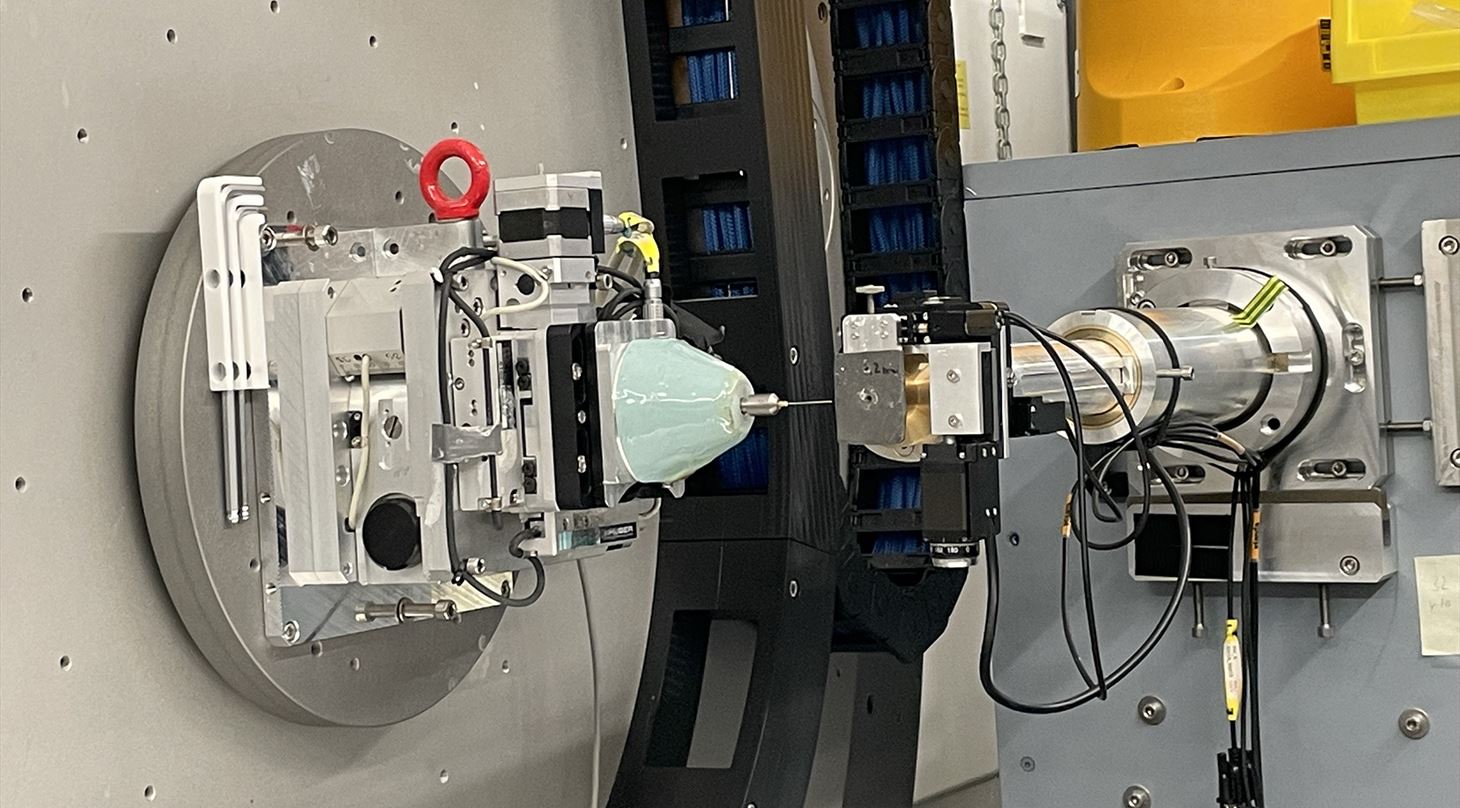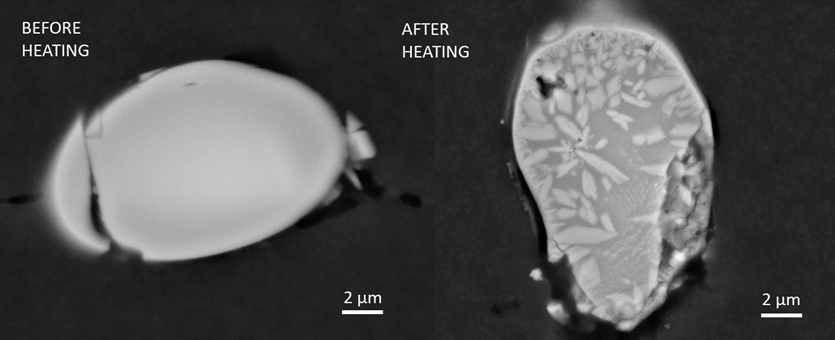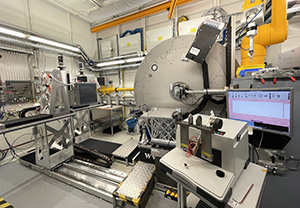
Putting ROCKWOOL's stone wool insulation to the test
ROCKWOOL makes stone wool insulation used in buildings to help contain fires. Testing is crucial to ensure that these materials limit the spread of flames. Advanced analysis provided new data on the fire performance of ROCKWOOL’s insulation.
People should expect that their homes, workplaces, schools, and hospitals are safe, but building fires do happen. And when they do, the safety of the occupants and the first responders depends on how the building reacts during the fire.
Fires in modern buildings spread 5-10 times faster than 50 years ago. This is largely due to the widespread use of plastics and synthetics which burn rapidly. To address this issue, ROCKWOOL has created stone wool insulation that should withstand temperatures up to 1000°C. This should help contain fires and slow their spread. Additionally, the stone wool should not emit significant toxic smoke.
Advanced tools were used to test the material
To gather the necessary data, ROCKWOOL worked with the Danish Technological Institute (DTI) and the German research facility DESY, which operates an advanced particle accelerator.
Two different methods were used to study how the stone wool reacts to high temperatures. At DTI, electron microscopy provided detailed images showing how heat affects the material on a microscopic level. At DESY, X-ray analysis revealed how heat changes the structure of the material at the atomic level.
- The service from the Danish Technological Institute was well planned, on time and the report well detailed. We obtained unique insights for a better understanding of our products behaviors under given conditions, and we look forward to future measurements at large scale research infrastructures, says Denis Okhrimenko, Senior R&D Engineer, Group Development at ROCKWOOL.
The service from the Danish Technological Institute was well planned, on time and the report well detailed. We obtained unique insights for a better understanding of our products behaviours under given conditions, and we look forward to future measurements at large scale research infrastructures
- Denis Okhrimenko, ROCKWOOL
Key properties remain uncompromised
The tests showed that when stone wool is exposed to high temperatures, the tiny fibers inside the material change shape and structure on a microscopic level. For example, the way the fibers are arranged and how the atoms are organized can shift when the material is heated. This is a normal process when materials are exposed to extreme conditions.

Figure 1. Cross-section of multioxide glass fibre visualized with Backscattered Electron Imaging before and after heat treatment of a stone wool fibre.
However, these microscopic changes do not weaken the stone wool or affect its most important qualities. Even after being heated up to 1000°C, the material keeps its overall strength and shape. Most importantly, it still works as a fire barrier and does not release dangerous smoke. In other words, although the stone wool looks and behaves a bit differently under a microscope after being heated, its main safety properties stay the same and are not compromised.
Enables further research
By using both advanced imaging and X-ray techniques, the researchers could see in detail how stone wool fibers change on both an atomic and microscopic level when exposed to heat. These insights help us better understand why stone wool is such an effective fire-resistant insulation material. The study also shows that using large European research facilities with advanced particle accelerators can provide valuable knowledge. This opens new opportunities for future research, which could help make building materials even safer and more effective.
- It was a great experience. I have never performed measurements at large scale research infrastructures and the DTI service was a valuable support for a fast kick-start and advancement of my PhD project between Rockwool and Aarhus University, says Krestine Rasmussen, Industrial PhD student from Aarhus University.
